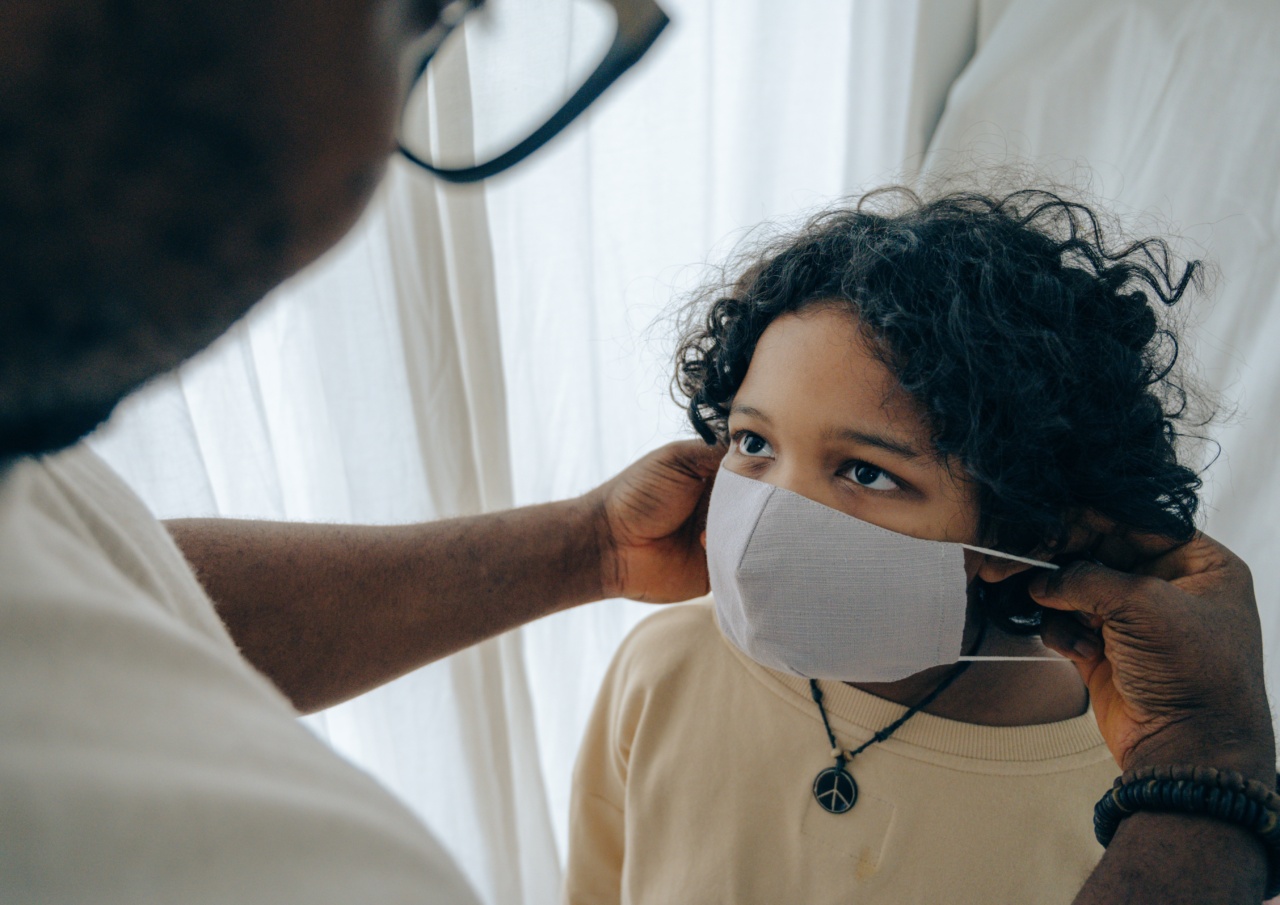A concussion is a type of traumatic brain injury that can affect people of all ages, including children.
It occurs when there is a blow to the head or body that causes the brain to move within the skull, leading to temporary cognitive and physical problems.
What are the symptoms of concussion in children?
Symptoms of concussion can vary depending on the child’s age, but some of the most common symptoms include:.
- Headache
- Dizziness
- Nausea
- Vomiting
- Fatigue
- Irritability
- Sensitivity to light or noise
- Difficulty concentrating
- Memory problems
- Depression or anxiety
Why are children more susceptible to concussion?
Children are more susceptible to concussion and its effects because their brains are still developing. Additionally, they have weaker neck muscles and larger heads in proportion to their bodies, which makes them more vulnerable to head injuries.
Finally, children are more likely to engage in activities that carry a risk for concussion, such as sports.
How to protect your child from concussion?
Here are some tips to help protect your child from concussion:.
- Make sure your child wears a helmet or other appropriate headgear when participating in sports or other activities that carry a risk for concussion.
- Ensure that the equipment your child uses is properly maintained and adjusted to fit properly.
- Teach your child proper technique for the activity they are participating in, especially in contact sports like football and hockey.
- Encourage your child to speak up if they experience any symptoms of concussion or if they witness a teammate demonstrating symptoms of concussion.
- Ensure that your child receives a comprehensive evaluation from a medical professional if they do experience a blow to the head or body, even if they are not showing symptoms of concussion at the time of the injury.
What is the treatment for concussion in children?
The treatment for concussion in children will depend on the severity of the injury and the symptoms that the child is experiencing.
In general, it is recommended that the child rest both physically and mentally until all symptoms of concussion have resolved. This means avoiding activities that could exacerbate symptoms, such as screen time and physical activity. In some cases, medication may be prescribed to manage symptoms like headache and anxiety.
In more severe cases, the child may require hospitalization or other medical intervention.
When is it safe for a child to return to school or sports after a concussion?
It is important to follow the guidance of a medical professional when determining when it is safe for a child to return to school or sports after a concussion.
In general, a child should be symptom-free and cleared by a healthcare professional before returning to high-risk activities like contact sports. In some cases, a gradual return to these activities may be necessary, with close monitoring for any return of symptoms.
How to support a child with a concussion?
If your child experiences a concussion, it is important to provide them with emotional support as well as physical support. Encourage them to rest and take the time they need to recover, and offer reassurance that they will get better with time.
Additionally, you may need to make accommodations for your child at school or at home to help them manage symptoms like sensitivity to light and noise.
What are the long-term effects of concussion in children?
There is growing concern about the potential long-term effects of concussion in children, particularly repeated concussions. These can include cognitive and emotional problems like memory loss, difficulty concentrating, depression, and anxiety.
Additionally, repeated concussions have been linked to chronic traumatic encephalopathy (CTE), a degenerative brain disease that may lead to dementia and other neurological problems later in life.
Conclusion
Concussions are a serious concern for children and their parents, but there are steps that can be taken to reduce the risk of injury and ensure that proper care is provided if a concussion does occur.
By being proactive in protecting your child and following medical guidance in the event of an injury, you can help ensure that your child stays safe and healthy.































